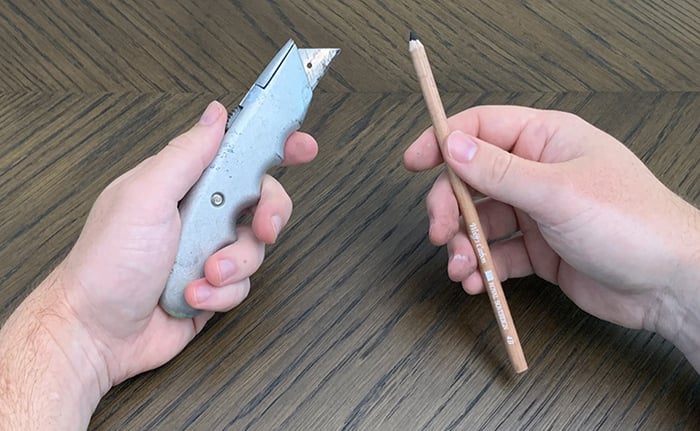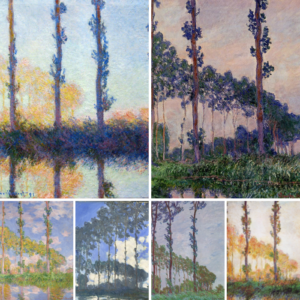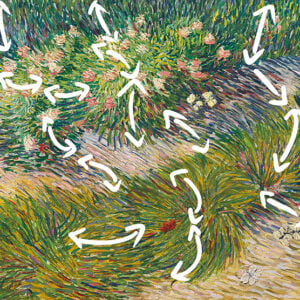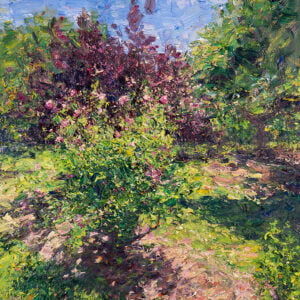In this post, I’ll cover:
- What You’ll Need
- Step-by-Step Process
- General Sharpening Tips
- Why Not Use a Pencil Sharpener?
- Can You Use This Technique With Charcoal and Graphite?
- Want to Learn More?
- Thanks for Reading!
What You’ll Need
To sharpen your pencil for drawing, you’ll need:
- A razor;
- Pencils (graphite or charcoal. I use charcoal);
- A sanding pad (you should be able to buy this at your local art store);
- Paper towel; and
- A hard, smooth surface to work on.

Step-by-Step Process
Let’s take a look at how to properly sharpen your pencil for drawing.
Step 1. Use a razor to strip the wooden casing.
Strip about an inch of wooden casing from around the tip. Work your way around the pencil. Use long, careful strokes with the razor. Try to avoid sharp indents.




Step 2. Sharpen the graphite or charcoal with the sanding pad.
Take the pencil in your dominant hand and the sanding pad in the other. At a gentle angle, drag the edge of the pencil against the sanding pad. Twist the pencil gradually as you go. Continue working your way around the pencil until you have a smooth point without any significant irregularities.
Step 3. Use a paper towel to wipe down the tip.
Before you start drawing, carefully wipe down the tip of the pencil to remove any excess charcoal or graphite.

Step 4. Place the pencil in a safe spot. Don’t drop it!
Once your pencil is sharpened, carefully place it in a safe spot. I keep my sharpened pencils in the box they arrived in. Also, don’t forget to wipe down your working area.
General Sharpening Tips
- Sharpening can be a great way to get into the drawing mindset. Don’t think of it as a chore; think of it as part of the practice.
- Take pride in sharpening your pencils well. It will translate to better drawings.
- Sharpen multiple pencils at once and always have backups.
- You will drop and break pencils. Try not to get frustrated (easier said than done, I know!).
Why Not Use a Pencil Sharpener?
A pencil sharpener won’t give you the long tip needed for shading.
Can You Use This Technique With Charcoal and Graphite?
Yes, though you will need to be more careful with charcoal pencils as they are softer and more prone to breaking.
Step 1: Prepare your work area.
Step 2: Take your pencil in one hand and razor in the other.
Step 3: Gentle carve away at the wood exterior. Be careful not to compromise the charcoal or graphite.
Step 4: Work your way around the pencil.
Step 5: Use sanding paper to bring the pencil to a fine point.
- Pencils
- Razor blade
- Sanding paper
Want to Learn More?
You might be interested in my Painting Academy course. I’ll walk you through the time-tested fundamentals of painting. It’s perfect for absolute beginner to intermediate painters.
Thanks for Reading!
I appreciate you taking the time to read this post and I hope you found it helpful. Feel free to share it with friends.
Happy painting!
Dan Scott

Draw Paint Academy






